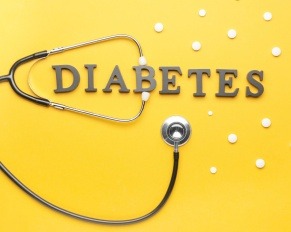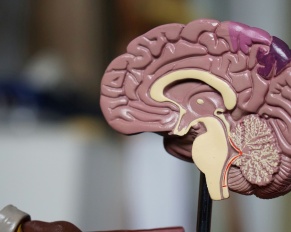Caring for a Loved One with Diabetes: Tips for Family Members November marks National Diabetes Month, a time to raise…


Caring for a Loved One with Diabetes: Tips for Family Members November marks National Diabetes Month, a time to raise…

Aging in Place in Malden, MA Halloween can be a fun time for all ages, but for seniors, especially those…

In today’s fast-paced office environments, ensuring the well-being and efficiency of employees is a top priority for businesses. Among the…

Originally posted on: https://www.todaystopquestions.com/breakthrough-in-alzheimers-research-early-detection-through-innovative-blood-testing/ The landscape of Alzheimer’s disease research and dementia care is on the cusp of a…

Originally posted on: https://www.todaystopquestions.com/toxic-alert-nj-battles-water-contaminants/ In a startling disclosure that underscores the escalating environmental concerns in the region, the U.S. Environmental…

In an age where technology and modern medicine dominate the healthcare landscape, there’s a growing movement steering back to the…

You’re not alone if you describe your relationship with chocolate as “complicated.” Approximately 45 percent of women in the United…

For a lot of us, chocolate is more than just a dessert. Chocolate is a mood booster, a reward at…

In today’s society, we are starting to stray away from only using Western medical treatments to incorporating more holistic health…

While it’s relatively new as an academic subject, lifestyle medicine essentially promotes much of what we already regard as good…